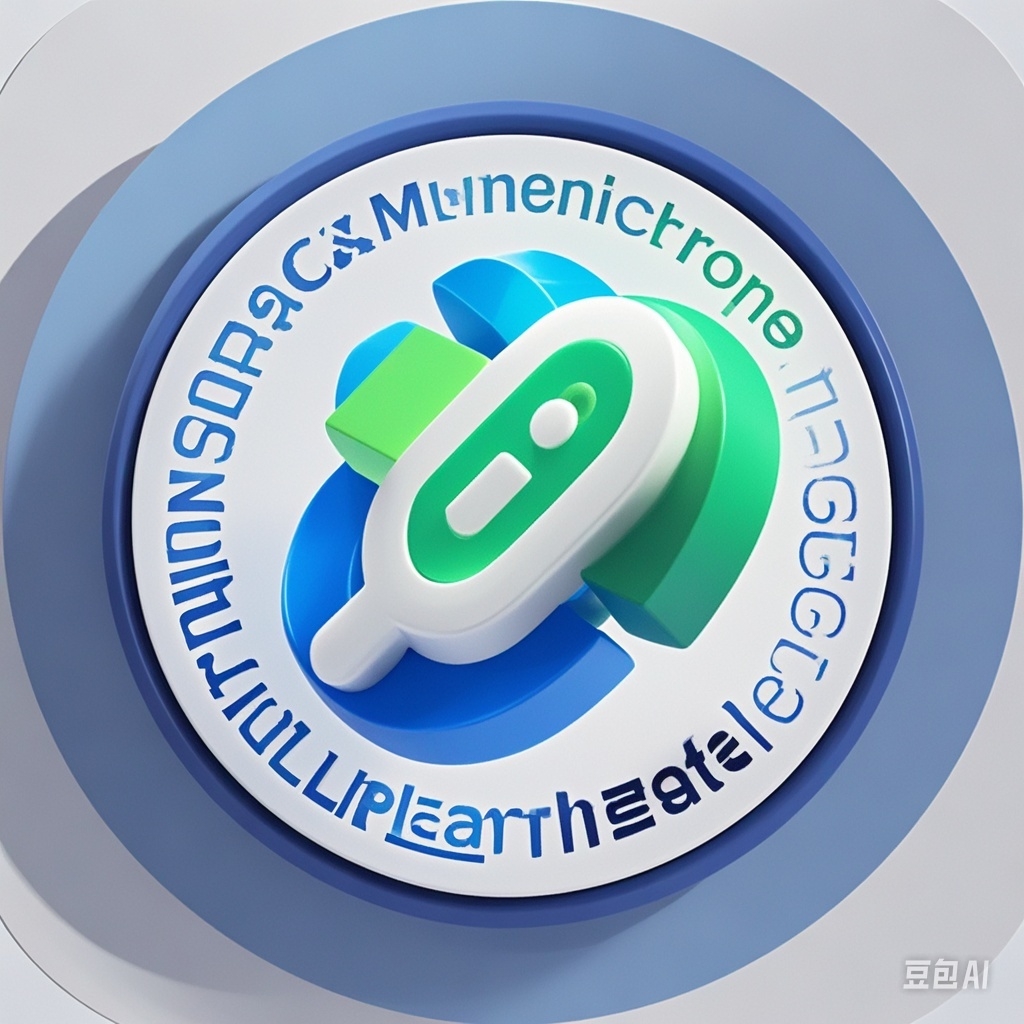获取结果失败,请稍后再试。

智能问答助手

结合文献知识库,保留通用大模型的能力,为您提供知识问答服务!
通用大模型
RAG知识库问答

The shape, size, and abundance of rocks on the Moon's surface are essential for understanding impact cratering and weathering processes, interpreting remote sensing observations, and ensuring landing safety and rover trafficability. In most previous studies, rock information was extracted from optical images using visual identification or automatic detection methods. However, optical images cannot provide 3-D information on rocks and cannot be used in lunar permanently shadowed regions (PSRs), where rock information is critical to deciphering anomalously high radar echoes in water ice deposit detection. In this study, we proposed an automatic method for extracting 3-D information about rocks from topography data based on the geometry and clustering tendency of lunar surface rocks. A geometric shape model for lunar surface rocks is first developed by analyzing 3196 rocks in elevation data. In the proposed approach, rocks are detected from topography data using multiscale 2-D continuous wavelet transform (2-D CWT) and Hopkins statistic, and then a 3-D shape parameter extraction method is introduced to obtain the shape information directly from the detected irregular rock boundary by a region growing-based algorithm. To demonstrate the accuracy of the method, we applied the proposed method to both the simulated and real-topography data with various spatial resolutions and vertical uncertainties. The results show that, compared with the ground truth and manual detection results, the detection rate of rocks >4 pixels in size varies from 50% to 90%, depending mainly on the vertical uncertainty of elevation data. In addition, for the first time, we provide 3-D information on surface rocks (>10 m) in lunar PSRs from topography data. Our analyses suggest that, for future missions to the lunar PSRs (e.g., China's Chang'E-7), the vertical uncertainty of elevation data needs to be better than 0.2 m in order to accurately gather 3-D information of rocks larger than 2 m. Our method can be utilized for extracting 3-D information on rocks from topography data, selecting landing sites, and guiding instrument design for future altimeters.
Time variability of black carbon (BC) aerosols over different timescales (daily, weekly and annual) is studied over a tropical urban location Hyderabad in India using seven channel portable Aethalometer. The results for the 2-year period (January 2009-December 2010) show a daily-mean BC variability from similar to 1.00 +/- 0.12 mu g m(-3) to 12.50 +/- 3.06 mu g m(-3), with a remarkable annual pattern of winter high and monsoon low. The BC values maximize during winter (December-January), similar to 6.67 +/- 0.22 mu g m(-3), and drop during summer (June-August), similar to 2.36 +/- 0.09 mu g m(-3), which establishes a large seasonal variation. Furthermore, the BC mass concentration exhibits a well-defined diurnal variation, with a morning peak and early afternoon minimum. The magnitude of the diurnal variations is seasonal dependent, which maximizes during the winter months. Air mass back trajectories indicated several different transport pathways, while the concentration weighted trajectory (CWT) analysis reveals that the most important potential sources for BC aerosols are the Indo-Gangetic plain (IGP), central India and some hot spots in Pakistan, Arabian Peninsula and Persian Gulf. The absorbing Angstrom exponent (alpha(abs)) estimated from the spectral values of absorption coefficient (sigma(abs)) ranges from 0.9 to 1.1 indicating high BC/OC ratio typical of fossil fuel origin. The annual average BC mass fraction to composite aerosols is found to be (10 +/- 3) % contributing to the atmospheric forcing by (55 +/- 10) %. The BC radiative forcing at the atmosphere shows strong seasonal dependency with higher values in winter (33.49 +/- 7.01) and spring (31.78 +/- 12.89) and moderate in autumn (18.94 +/- 6.71) and summer (13.15 +/- 1.66). The BC radiative forcing at the top of the atmosphere (TOA) is positive in all months, suggesting an overall heating of the regional climate over Hyderabad. (C) 2013 Elsevier Ltd. All rights reserved.